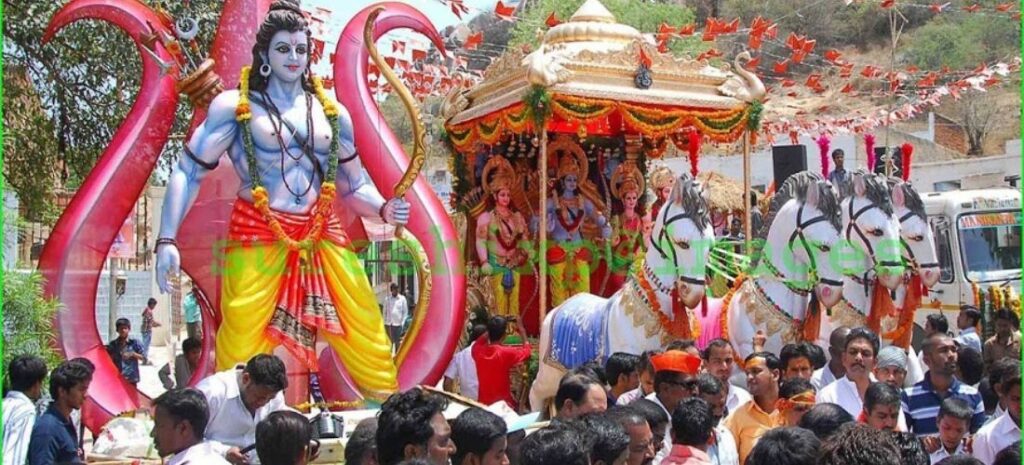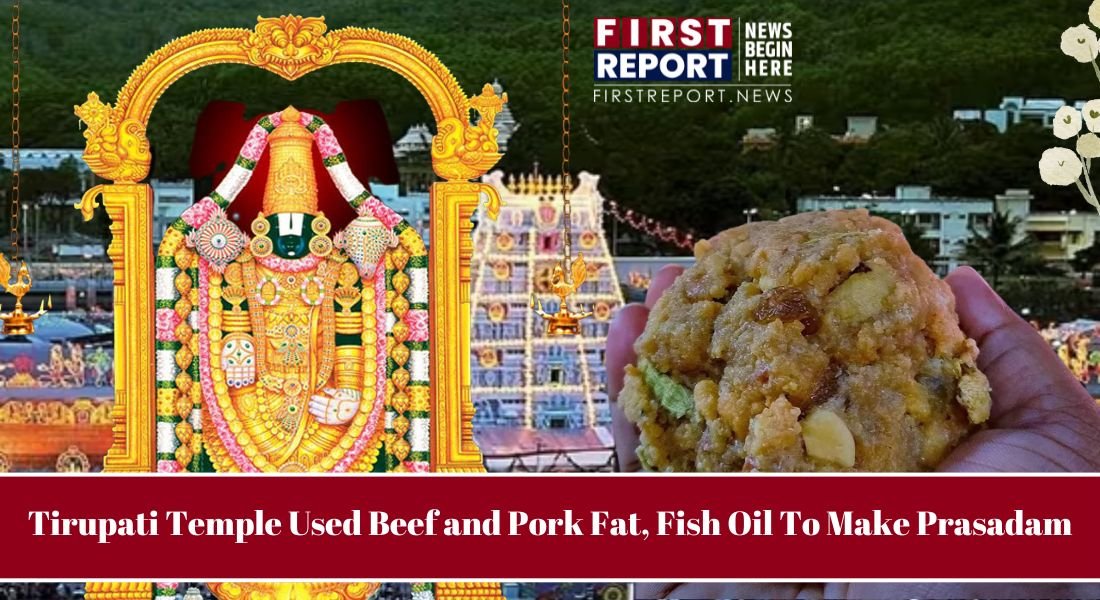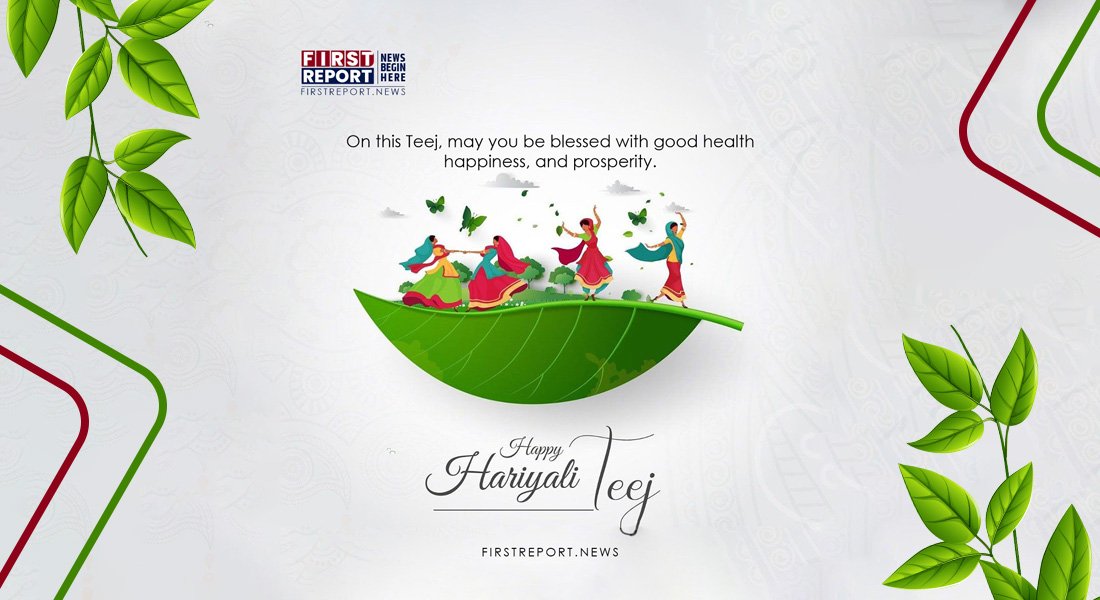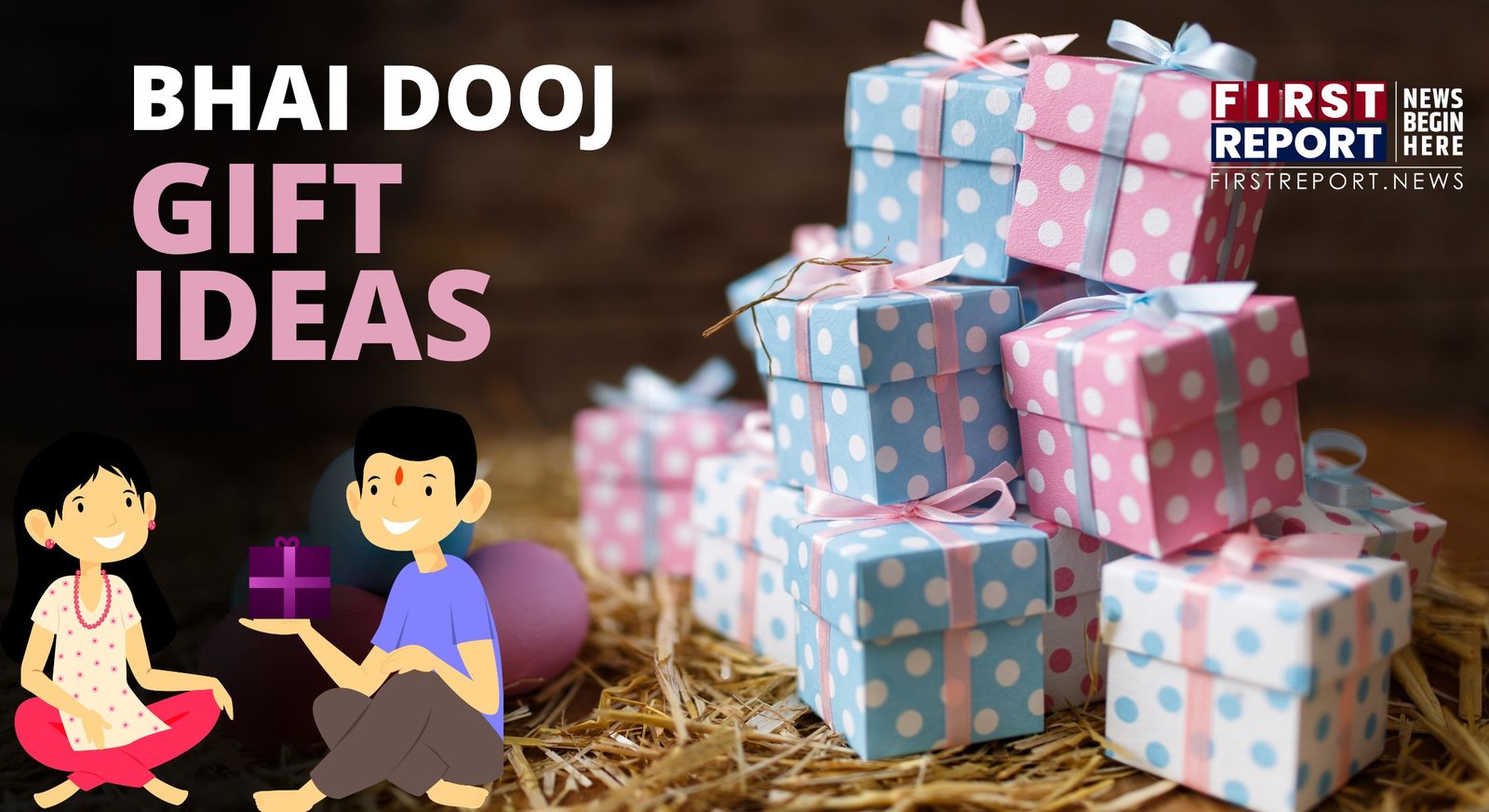Ram Navami is a Hindu festival, celebrated on the last day of Navratri as Ram Navami. One of the most sacred days for Hindus around the world. It is believed that on this day Lord Rama, the seventh incarnation of Lord Vishnu, was born.
He is worshiped as a symbol of righteousness and virtue. Ram Navami is extremely important for Hindus and followers of Sanatan Dharma.
Date and Muhurat for Ram Navami in 2025
Ram Navami will be celebrated on April 6, Wednesday and the shubh muhurat, as prescribed by Drik Panchang is –
- Rama Navami is on Sunday, April 6, 2025.
- Rama Navami Madhyahna Muhurat is from 11:08 AM to 01:39 PM.
- The duration of the Madhyahna Muhurat is 2 hours and 31 minutes.
- Sita Navami is on Monday, May 5, 2025.
- The Rama Navami Madhyahna Moment is at 12:24 PM.
- Navami Tithi begins on April 5, 2025, at 07:26 PM.
- Navami Tithi ends on April 6, 2025, at 07:22 PM.
Also Read: Old Age Homes in India
History of Ram Navami Celebration
Hindus mark Navami as the birthday of Lord Rama, revered as the ideal son, king, and embodiment of righteousness. According to tradition, Lord Rama was born to King Dasharatha and Queen Kaushalya in Ayodhya. On the ninth day of Chaitra month, which falls in spring. The Ramayana, a sacred Hindu epic, tells Rama’s story, offering valuable lessons on dharma (duty) and righteous living that continue to inspire us today.
Puja vidhi for Ram Navami
Devotees all over India observe Ram Navami, a sacred Hindu festival marking the birth of Lord Rama, with devotion and tradition. Specific rituals may vary, yet the core celebration remains consistent.
The Day Begins with Purity
Devotees traditionally start Ram Navami with a bath. Followed by cleansing the idol or image of Lord Rama in their home temple. This elaborate bath often includes a special mixture of water, milk, honey, and saffron water.
A Day of Offerings and Prayers
After performing the ritual cleansing, devotees return Lord Rama’s idol to the home temple and prepare it for the day’s festivities. Devotees offer fruits, flowers, sweets, and other treats as a symbol of love and respect.
Immersion in Rama’s Story
Devotees visit nearby temples dedicated to Lord Rama. Here, they participate in Ramayana Katha, a traditional storytelling that recounts the life of Lord Rama. Communities organize devotional songs, bhajans, and kirtans, filling the day with a vibrant atmosphere of praise for Lord Rama.
Observing a Fast (Optional)
Some devotees choose to observe a fast on Ram Navami, abstaining from food and grains throughout the day. People typically break the fast after sunset.

Celebrating Lord Rama’s Birth: Traditions of Ram Navami
A festival brimming with devotion celebrates Lord Rama’s birth, life, and triumph over the demon king Ravana. Observed with enthusiasm by Indians worldwide, the festivities share common threads across regions and communities.
Grand Processions
In some areas, a majestic chariot carrying idols of Lord Rama, Mata Sita, Lakshmana, and Hanumanji parades through the streets. Devotees eagerly await a glimpse of the “Ram Parivaar” (Rama’s family) to receive blessings.
Ramleela Performances
Reenactments of Lord Rama’s life, from birth to exile (“vanvaas”) and his victorious return after defeating Ravana, come alive through “Ramleela” performances.
Festive Decorations
People spruce up and adorn homes, temples, and surrounding areas with vibrant decorations, flowers, and lights to mark the joyous occasion.
Sharing Blessings (Prasad)
Devotees distribute “Prasad,” blessed sweets and fruits offered to Lord Rama, among loved ones and neighbors. Communities often organize “bhandara” or “langar,” offering free food to all as a gesture of charity and compassion.




